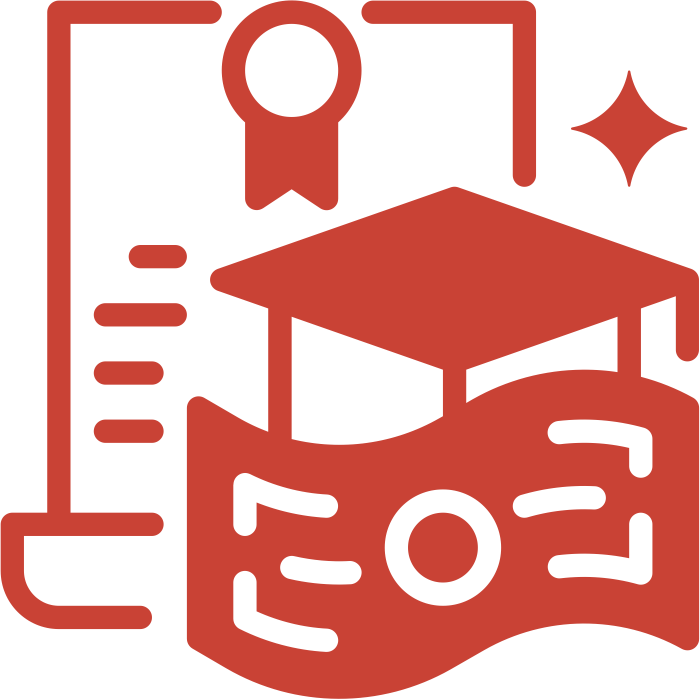How to make a child an active learner in school?
Today our society needs young people who are flexible, creative, proactive, and reflective learners. The best international schools strive to provide a rich learning niche where learners are encouraged to solve problems, make decisions, think critically, communicate ideas effectively and work efficiently within teams.
Effective student engagement in the classes has always been the prime focus of every teacher. Active learning in schools is the instructional activities designed by the teachers which engage learners in doing things and thinking about what they are doing. In a ‘traditional’ class, it is common for a student to participate in only asking and responding to questions. In contrast, a class with successful active learning activities provides an opportunity for all learners in a class to think and engage with the content and practice skills for learning, applying, synthesizing, or summarizing that material.
Here are a few effective strategies to make a child an active learner in the school:
- Starter Activities at the beginning of the class
- Use of Visible thinking routines in the class
- The Pause procedure
- Demonstrations in the class
- Concept Maps
- Strip sequence
- Reciprocal questioning
- Case based learning
- Categorizing grids
A starter is an activity planned by the teacher that hooks the attention and interest of the child to the topic being introduced in the class. This enables the learner to put on one’s thinking cap to resolve a question posted by the teacher. This question sets a tone to involve the learners from the very first moment when they enter the class.
Visible thinking routines are a set of flexible and systematic research-based conceptual frameworks which teach learners to make their ideas visible and accessible. This is accomplished through a variety of graphic organizers which help structure ideation and reasoning. These routines promote a deeper understanding of the content and help learners understand how they think and learn.
The teacher can pause for 2 minutes every 12-18 minutes, encouraging learners to discuss and rework on their notes in pairs. This approach encourages learners to consider their understanding of what has been just discussed in the class and organize that new knowledge as main pointers in their notebooks. It also provides an opportunity to ask questions and clarify any doubts.
The teacher can ask learners to predict the result of a demonstration. After the demonstration, the learners are encouraged to discuss the observed result and how it may have differed from their prediction. This approach is used to test their understanding of a system by predicting an outcome. If their prediction is incorrect, it helps them identify the misconception and clarify the same with their peers and the teacher.
These are visual representations of the relationships between different concepts. A child can summarize a unit by sketching a general relationship between concepts and arranging them two at a time, drawing arrows between related concepts and labelling with a short phrase to describe the relationship. This approach helps learners to actively examine and strengthen the organization of information and also emphasizes on the possibility of having ‘multiple right answers’.
The learners are provided with the steps of a process as strip of jumbled paper and asked to work together to reconstruct the correct sequence. This strategy sharpens the child’s logical thinking skills and tests their mental model of a process.
Use of this approach encourages an open dialogue in which learners take the role of the teacher and create their own question about a topic, lesson or reading section. To facilitate the process, the teacher can provide stimulating ‘question stems’ which provide a foundation for a question but still require them to think critically about the topic.
This approach presents learners with situations from the larger world that require them to apply their knowledge to reach a conclusion about an open-ended situation. In a small group of 3-5 children, provide a case study in which they decide what they know is relevant to the case, what other information they may need, and what impact their decisions may have, considering the broader implications of their decision making. This actively engages them to the lesson idea in a collaborative way.
The teacher can provide a grid that is made up of several important categories and a list of scrambled terms, images, equations or other items. The learners are expected to sort the correct items into different categories. This can be followed with a few volunteers sharing their grid and answering questions that may arise in the classroom. This approach allows them to express and integrate the distinctions they see in a field of related items. This also allows the teacher to address any misconceptions.
In my experience, best international schools today explore and execute a wide array of active learning strategies as these help to promote higher order thinking skills and engage learners in deeper learning rather than surface learning. A child learns the best when he/she feels connected to their learning environment. Active learning strategies make learning memorable and can also help support summative assessments.
Also read,
How is the international curriculum different?
https://www.adityabirlaworldacademy.com/blog/how-is-the-international-school-curriculum-different
10 Benefits of Joining an International School in Mumbai
https://www.adityabirlaworldacademy.com/blog/10-benefits-of-joining-an-international-school-in-mumbai
How much do best international schools focus on extra and co-curricular
activities? What are the activities included?
https://www.adityabirlaworldacademy.com/blog/10-benefits-of-joining-an-international-school-in-mumbai
What is ABWA’s Emotional Intelligence Program? How the international
schools in Mumbai are adopting this program?
https://www.adityabirlaworldacademy.com/blog/what-is-abwas-emotional-intelligence-program-how-the-international-schools-in-mumbai-are-adopting-this-program

 Online Admission
Online Admission Scholarship Programme
Scholarship Programme University Counselling
University Counselling Leadership
Leadership Voices at ABWA
Voices at ABWA